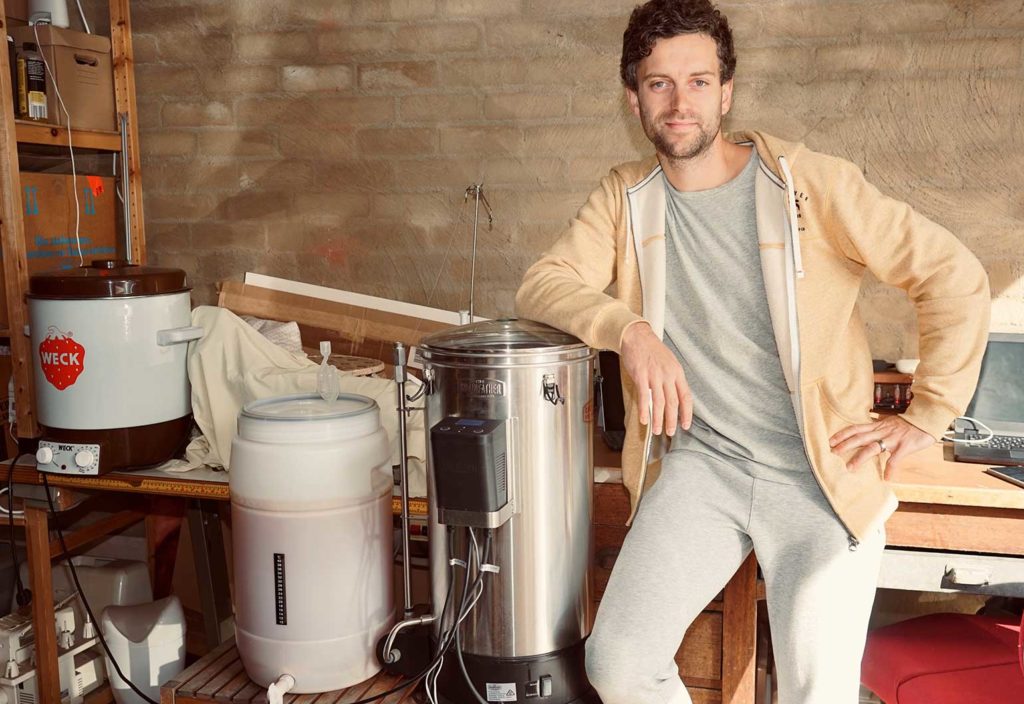When Ford attribute engineer Steffen Herrmann moved to Australia from Germany in 2012 and noticed a growing home brew community here — as well as the absence of his favourite tipple on the shelves — he put his skills to use.
“The process of making it intrigued me,” Herrmann told create.
“There also were some certain beer styles that weren’t popular here yet, like wheat beer, which is one of my go-to styles back home.”
He decided to make his own, and discovered that following brewing recipes in detail and measuring the outcome to create a closed loop had many parallels with his day job in driver assistance systems.
“I recently encountered the issue that the finished beer did not have the right amount of alcohol and so I had to go fault finding,” he said.
“When looking through my notes and measurements throughout the brewing process and checking some of the automatic calculations I noticed an error.”
Herrmann drew on his workplace knowledge — namely with a refractometer and hydrometer — for the answers.
“During my day-to-day job at Ford, fault finding in similar ways is standard, and learning from the brewing example helps me keep my mind open for paths to look into when trying to pin-point problems with my measurements.”
Recipe for success
Herrmann’s skills came to light during the pandemic, when Ford began its ‘innovation cribs’ program to share experiences working from home.
“It blew me away how many of my colleagues have sophisticated maker spaces and actually keep them clean and neat,” he said.
“It encouraged me to work towards such a space in my house.”
The initiative helped him continue to feel connected to his peers during the worst of the pandemic as a stand-in for office chats.
“By sharing each other’s spaces, hobbies and experiences, we were inspired by our colleagues, which created a greater community feel while we couldn’t physically meet,” he added.
After a lot of trial and error, Herrmann said that a common mistake in home brewing is not having the necessary equipment available.
“I started brewing using a $150 kit, which allowed me to try it out without spending a fortune,” he said.
“However, it was impossible for me to control the fermentation temperature, which is vital for the health and performance of the yeast.
“Another lesson I learned early on is to use appropriate bottles for storing the beer. One of my bottles exploded during bottle fermentation, which left a lot of wheat beer on the floor boards.”
His next quest is a bit closer to home — making a drink for his wife.
“I have decided to make hard seltzer, a refreshing light drink that tastes a bit like flavoured soda water. It’s low in calories with hints of fruits and matches the Australian summer perfectly.”
Herrmann’s tried-and-tested recipe for home brew
Setup/gear
- Grainfather All Grain Brewing System with BT connection
- Large kettle for sparge water
- Table/bench with accessories for brewing
Brewing process and main ingredients
- Fill and heat water
- Add grains (mash-in) and heat some more
- Take grains out and put sparge water in
- Boil the wort with hops
- Chill the wort
- Put it into a vessel together with yeast (fermentation)
